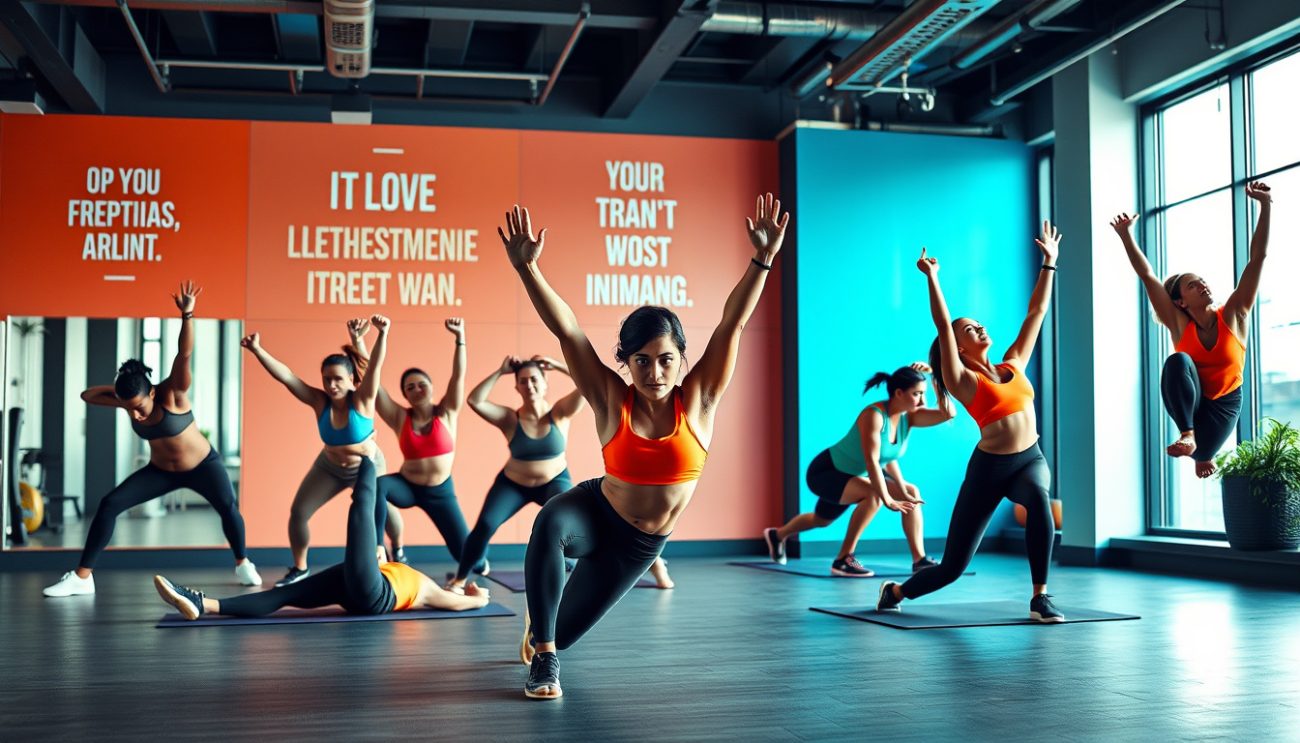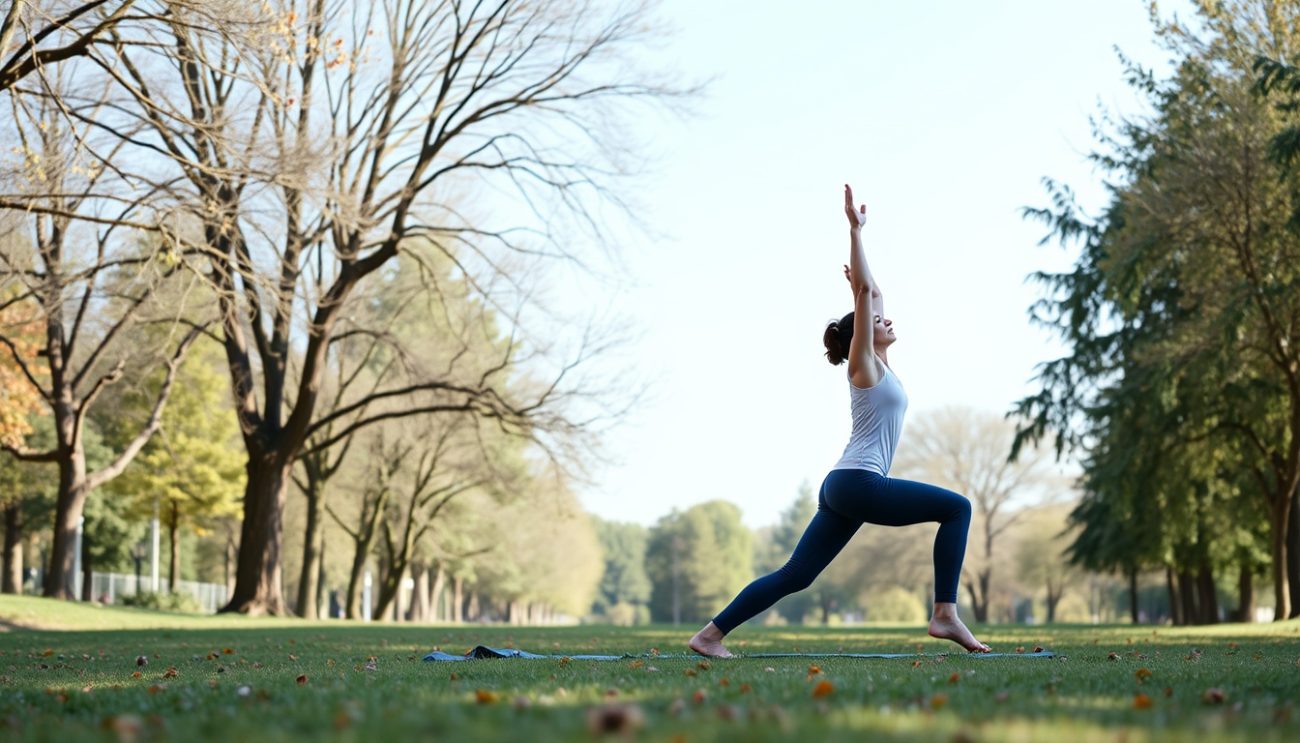Transform Your Fitness: The Ultimate Guide to Bodyweight Exercises for Strength and Flexibility
Bodyweight exercises are a versatile, effective way to improve strength, flexibility, and overall fitness without the need for equipment or a gym membership. Whether you're a beginner or a seasoned athlete, these movements harness your

Bodyweight exercises are a versatile, effective way to improve strength, flexibility, and overall fitness without the need for equipment or a gym membership. Whether you’re a beginner or a seasoned athlete, these movements harness your own body weight as resistance to build muscle, enhance mobility, and support weight management. This comprehensive guide will explore the benefits, science, and best practices of bodyweight training, along with sample exercises and workouts you can start anytime, anywhere.

Why Choose Bodyweight Exercises?
Accessibility and Convenience
Bodyweight workouts remove barriers such as needing a gym, fancy equipment, or extra weights. You can train in your living room, a park, or even when traveling by pushing aside a little space. This makes bodyweight training ideal for all fitness levels, offering scalable challenges from a single push-up to advanced moves like pistol squats.
Improves Mobility and Stability
Unlike some traditional weightlifting that can limit natural joint movement, bodyweight exercises engage muscles in full range motions, enhancing your mobility and stability. Activating stabilizer muscles during compound movements leads to better functional strength useful in everyday activities.
Develops Technique and Reduces Injury Risk
Because bodyweight training places less stress on joints compared to heavy lifting, it allows you to perfect form and technique safely. This careful control reduces injury risk and helps forge solid movement patterns that carry over into other training methods.
Efficient Combination of Strength and Cardio
These exercises often blend strength training with cardiovascular effort, particularly when performed in circuit or HIIT (high-intensity interval training) formats. This combination maximizes calorie burn, muscle endurance, and metabolic boosts in a shorter workout window.
Can You Build Muscle with Bodyweight Training?
Absolutely. Scientific studies have shown that muscle hypertrophy can occur independently of external weights, so long as exercises are performed through their full range of motion and progressive overload principles are applied. Similar muscular strength and growth are achievable compared to traditional weight training.
Progressive Overload in Bodyweight Workouts Includes:
- Increasing repetitions
- Performing more difficult variations (e.g., knee push-ups to regular push-ups)
- Decreasing rest time between sets
- Slowing down movements to increase time under tension
So, don’t hesitate to embrace bodyweight training if your goal is to gain strength and muscle mass; the lack of free weights is not a limitation.
Foundational Bodyweight Exercises You Can Do Anywhere
Here are some of the most effective bodyweight exercises to target all major muscle groups:
-
Push-Ups
Targets chest, shoulders, triceps, and core. Keep your body in a straight line, lower until your chest nearly touches the floor, then push back up. -
Bodyweight Squats
Strengthens quads, hamstrings, glutes, and core. Feet shoulder-width apart, toes slightly out, lower hips as if sitting on a chair, then stand. -
Planks (Forearm or High Plank)
Excellent for core stabilization. Hold your body in a straight line on forearms or hands, engaging the abdominal muscles. -
Lunges (Forward or Reverse)
Build unilateral (single-leg) strength and balance. Step forward or backward, bending both knees to 90 degrees, then return to start. -
Pistol Squats (Advanced)
A challenging single-leg squat that enhances strength, balance, and mobility. -
Mountain Climbers
A dynamic plank variation engaging core, shoulders, and cardio system. -
Hip Bridge
Lying on your back, lift hips to strengthen glutes and lower back. -
Burpees
A full-body, high-intensity exercise combining squat, jump, and plank movements for strength and cardio.
Sample 20-Minute Beginner Bodyweight Workout
Perform this routine 2–4 times per week with at least 48 hours of rest between sessions:
- 20 Bodyweight Squats
- 10 Push-Ups (modify to knee push-ups if needed)
- 10 Walking Lunges (each leg)
- 15-Second Forearm Plank
- 30 Jumping Jacks
Complete all exercises consecutively (circuit style), rest for 1-2 minutes, then repeat for 2-3 rounds. Focus on maintaining good form to reduce injury risk.
Warm-Up and Cool-Down Essentials
Warm-Up Suggestions:
Prepare your body with 3–5 minutes of light cardio such as jogging or jumping jacks, coupled with dynamic stretches or slow warm-up sets of the workout movements.
Cool-Down:
Finish with gentle stretches targeting the muscles worked to enhance flexibility and aid recovery.
Bodyweight Training for Weight Loss and Flexibility
Bodyweight exercises can support fat loss when paired with proper nutrition and a caloric deficit. Because these workouts combine strength and cardio, they increase calorie expenditure and muscle retention.
Additionally, many bodyweight moves improve joint mobility and muscle flexibility due to their functional, full-range patterns.
Tips for Progressing Your Bodyweight Workouts
- Increase repetitions or sets gradually.
- Add more challenging variations (e.g., incline to decline push-ups).
- Minimize rest between sets.
- Incorporate unilateral exercises to balance strength across limbs.
- Use tempo control—slow down eccentric (lowering) phases.
Final Thoughts
Bodyweight training offers a flexible, scalable, and effective way to improve your strength, flexibility, and overall fitness. With no equipment needed, you can get a muscle-pumping, mobility-enhancing workout anytime, anywhere. Start with foundational moves, build up progressively, and enjoy the strength and freedom that comes with mastering your own body.
Remember: Consistency and gradual challenge are key. Unlock your potential with bodyweight exercises and transform your fitness journey today!



